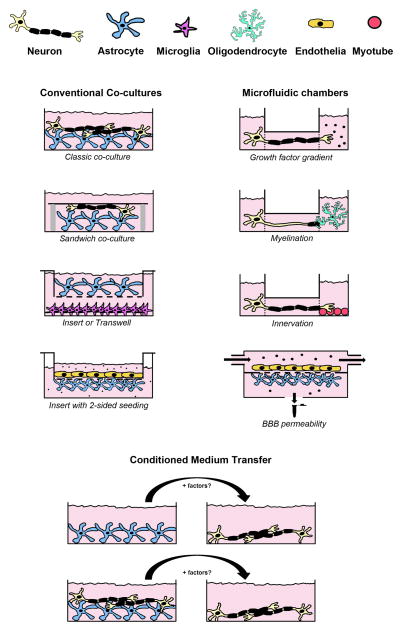Figure 1. Scheme of different co-culture settings used to model non-cell autonomous aspects of neurological disorders.
Left panel: different cell types can be combined in classic co-cultures with direct contact or in sandwich co-cultures with one cell type on a glass coverslip facing upside down. Alternatively, cells can be seeded in transwells or inserts without direct contact sharing only the secreted factors in the medium. Right panel: Microfluidic chambers can be used to model various aspects of neurological disorders such as axonal growth, myelination, innervation or BBB permeability. Bottom: two systems can be kept in parallel and medium only can be transferred in between with the option of replenishing nutrients or growth factors to avoid starvation. See table 2 for applications and exemplary references for the use of each system.

